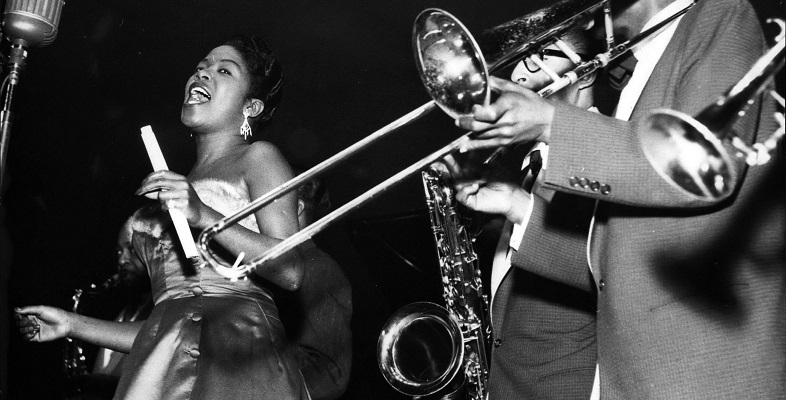1 Indicators of form
Form in music – also called structure – is its patterning over time. It is most easily heard in terms of repetition and contrast. Put another way, you perceive form when you recognise you are hearing something you have heard before (repetition) or when you recognise you are hearing something new (contrast).
One common indicator of form across many kinds of vocal music is the difference between verses and choruses. In a typical example of a pop song from the West, the verses all share the same melody and the choruses all share the same melody, but the verses have a different melody from the choruses. Songs are frequently arranged in a pattern in which verses alternate with choruses; for example, as verse–chorus–verse–chorus. Repetition and contrast both play key roles in such forms. For example, melodic repetition from verse to verse is interrupted by melodic contrast from verse to chorus.
Overlaid on this pattern of repetition and contrast is another layer of patterning involving the words of the song. The verses of a song have different lyrics from one another, but the choruses share the same (or very similar) words. As you listen to a song, you can identify the choruses because the words and the music repeat.
Activity 1 Listening to ‘In My Lonely Room’
Listen to Audio 1 [Tip: hold Ctrl and click a link to open it in a new tab. (Hide tip)] , which is a recording of Martha Reeves and the Vandellas performing ‘In My Lonely Room’. Open the recording in a separate tab/window (click on the link and hold down Ctrl (or Cmd on a Mac)) so you can return here easily. Listen to the song two or three times, while following along with the lyrics and track times in Table 1 below. (You will need to hover over the playback bar to see the track time.)
Notice how:
- the two verses have similar melodies
- the choruses have similar melodies
- the two verses have different lyrics
- the choruses have the same lyrics.
| Section of song | Track time | Lyrics |
| Introduction | 00:00 | — |
| Verse 1 | 00:23 | Every single time... |
| Chorus | 00:47 | But in my lonely room... |
| Interlude | 01:11 | — |
| Verse 2 | 01:23 | Every place we go... |
| Chorus | 01:47 | But in my lonely room... |
Comment
You should have been able to hear the similarities and differences. If you had difficulty doing so, try listening again, either now or a little later on this week. You might also try to sing along with the words ‘But in my lonely room ...’ at the beginning of the two choruses so that you can feel the similarities between the melodies in your own voice at these points.
You may have noticed that Table 1 lists not only verses and choruses, but also two parts of the song without singing – an introduction at the beginning and an instrumental interlude in the middle. These parts of the form appear frequently in popular songs such as this one.
